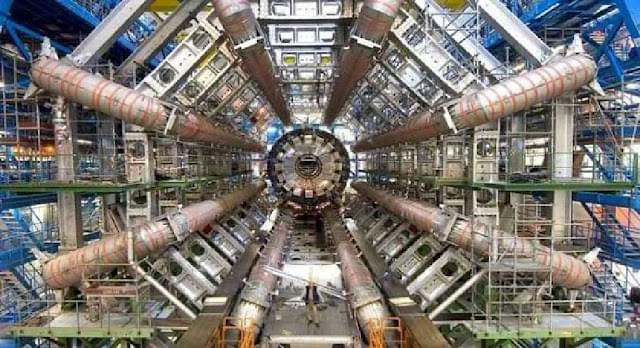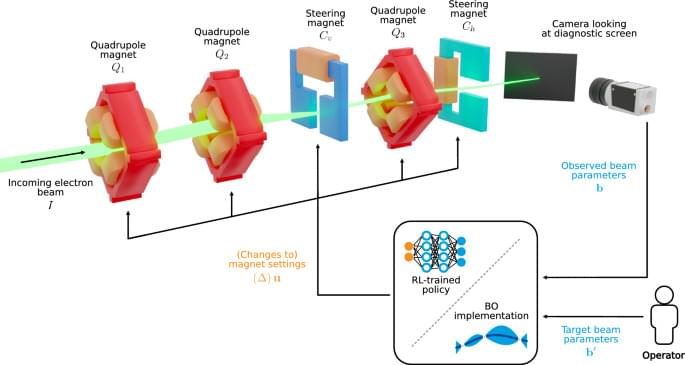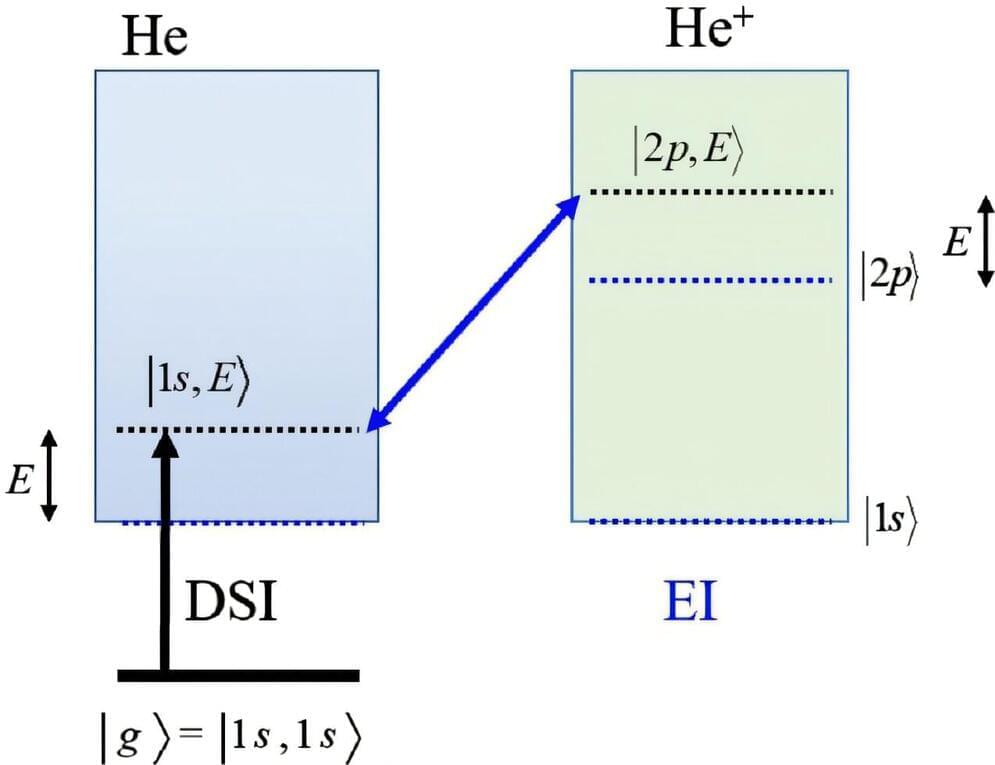A cornerstone of the US fusion research program, the DIII-D National Fusion Facility, has accomplished a major achievement. The nuclear fusion facility has completed its 200,000th experimental cycle.
“While completing 200,000 shots is impressive in its own right, this achievement is far more than a mere number,” said Dr Richard Buttery, Director of the DIII-D National Fusion Facility.
Nuclear fusion has long been hailed as the “holy grail” of clean energy. It is the process of nuclear fusion itself that powers the sun and stars. Unlike nuclear fission, which splits atoms and generates radioactive waste, fusion involves combining lighter atoms to form heavier ones.









